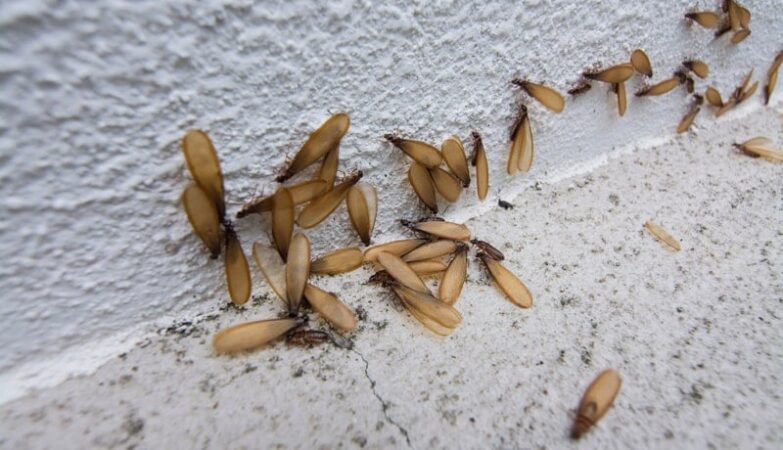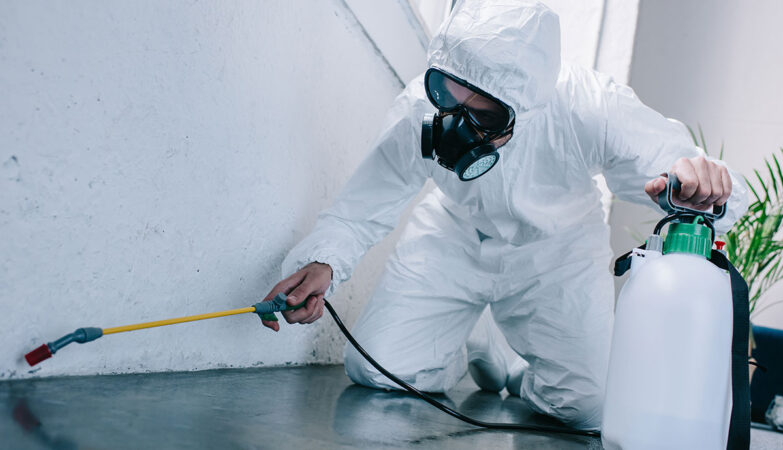As a homeowner, one of our greatest responsibilities is ensuring the safety and security of our family and property. In recent years, the frequency and intensity of floods have increased due to climate change, making flood preparation a crucial aspect of protecting your beloved home. With unpredictable weather patterns and rising water levels, taking proactive steps to safeguard your property becomes more vital than ever. In this blog post, we’ll discuss how to secure your home during a flood, covering essential aspects of flood preparation, including the use of sandbags to mitigate damage.
Understanding the Threat
Before diving into flood preparation, it’s important to understand the potential threat posed by flooding. Flooding can result from various factors, such as heavy rainfall, snowmelt, hurricanes, or even dam failures. When your home is at risk of flooding, you must act swiftly and decisively to protect your family and property.
- Stay Informed
Stay informed about the local weather and flood alerts. Sign up for emergency alerts in your area, and consider installing weather apps on your phone to receive timely updates. Local news and government websites often provide critical information about flood warnings and preparedness.
- Assess Your Risk
Determine the flood risk level in your area. You can consult floodplain maps provided by local authorities, which show areas prone to flooding. Understanding your home’s vulnerability will guide your flood preparation efforts.
Flood Preparation: Before the Deluge
- Create an Emergency Plan
Begin your flood preparation by establishing an emergency plan for your family. Ensure everyone knows the evacuation routes and the location of emergency supplies. Designate a meeting point in case family members are separated during a flood.
- Elevate Essential Items
Raise important documents, electronics, and valuable items to higher ground within your home. This will help protect them from water damage.
- Install Flood Barriers
Consider installing flood barriers or shields around doors and windows to prevent water from entering your home. These barriers come in various forms, such as removable panels or inflatable tubes, and can provide an extra layer of protection.
The Power of Sandbags
Sandbags are a tried-and-true method for flood preparation, offering an effective way to prevent or reduce water damage to your property. Here’s how to use them effectively:
- Source the Right Sandbags
For those residing in New Zealand, a reliable source for acquiring high-quality sandbags is goodtohave.co.nz. These sandbags are designed for immediate use and can be highly effective in flood prevention. By obtaining your sandbags from this reputable source, you can enhance your flood preparedness and safeguard your property with confidence. Remember that the right tools and supplies can make a significant difference when it comes to protecting your home during a flood.
- Proper Placement
Place sandbags around vulnerable areas of your home, such as doorways, low windows, and garage entrances. Stack the sandbags in a pyramid shape to create a solid barrier. Be sure to overlap the bags for added protection.
- Fill and Seal
Fill the sandbags with sand, leaving about one-third of the bag unfilled to ensure they are not too heavy and can be easily manipulated. Seal the bags securely, with a cable tie. A properly sealed sandbag is less likely to leak or shift.
- Maintenance
Regularly inspect your sandbag barriers to ensure they remain intact and effective. Add more sandbags if needed and replace any damaged ones.
Flood Preparation: During the Deluge
- Monitor the Situation
Stay vigilant during a flood event, and keep updated on local weather conditions and flood alerts. Pay attention to emergency broadcasts and be ready to act.
- Evacuate if Necessary
If authorities issue an evacuation order, follow it immediately. Do not risk your family’s safety by staying behind. You can always replace possessions, but lives are irreplaceable.
- Electricity and Utilities
Turn off electricity, gas, and water supplies at the main switch or valve if you haven’t already done so. This will help prevent electrical hazards and utility damage.
Flood Preparation: After the Waters Recede
- Safety First
After the floodwaters have receded, ensure the safety of your family and pets before returning home. Be cautious of hazards like fallen power lines and debris in the area.
- Document the Damage
Thoroughly document the flood damage for insurance purposes. Take photographs and videos of the affected areas and possessions before you begin any cleanup.
- Cleanup and Restoration
Start the cleanup process by removing contaminated items and sanitizing your home. Seek professional help if necessary, as floodwater can carry harmful contaminants.
- Evaluate and Improve
After a flood, take time to assess your flood preparation efforts. Were the sandbags effective? What could you do better next time? Learning from your experiences can help you be better prepared for future floods.
Flood preparation is an ongoing process that requires planning, resources, and a commitment to keeping your home and family safe. By understanding the risks, creating an emergency plan, and using tools like sandbags effectively, you can minimize the damage caused by flooding and ensure the security of your family home. In the face of climate change, proactive flood preparation is not just a choice – it’s a necessity.




